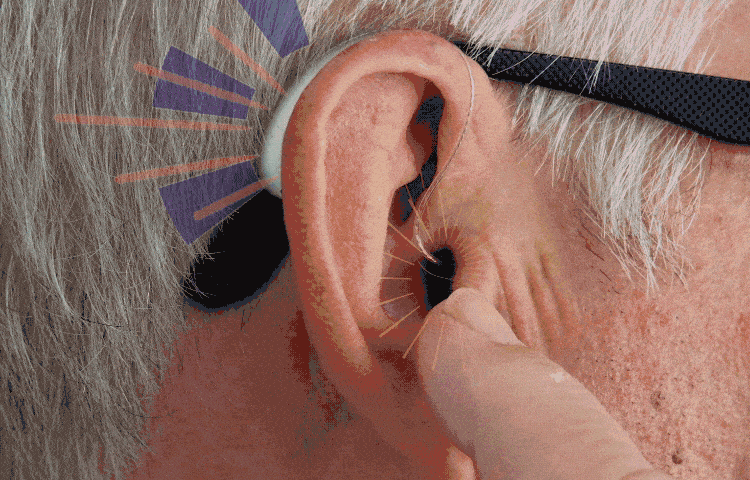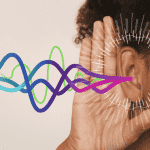There are hearing aid users who have had wonderful experiences with their hearing devices, and there are some who are just a tad bit frustrated with their devices.
One of the most common reasons why some hearing aid users are frustrated with their hearing devices is this: the whistling of their hearing aid called feedback.
Poorly Fitted Hearing Aid
The most common cause of the feedback is the poor fit of the hearing aid. For those wearing custom hearing devices, if the earmold of the hearing aid is not placed in the ear properly, it could cause a gap, allowing the amplified sound to escape, causing the hearing aid to whistle.
Ensure that the hearing aid or the earmold is placed in the ear properly so that feedback does not occur when the device is worn. If you are still having feedback issues with your hearing aid, seek your audiologist for guidance.
Excessive Earwax in Ears
Another problem that could cause the hearing aid to whistle is if there’s excessive wax in the ear. Excessive wax could cause the hearing aid not to fit correctly, thus creating the gap to allow amplified sounds to escape from the ear.
The best way to remove earwax is to have it cleaned out by your primary care physician or your ENT physician.
Excessive Earwax on the Hearing Aid
When there’s excessive earwax on the hearing aid, that could also create a poor fit in the ear and create little gaps that lead to feedback.
It is recommended to clean your hearing aid weekly to prevent the build-up of wax on the hearing and to ensure proper fit of the hearing aid.
Discuss with your audiologist or hearing aid technician the best way to properly clean your hearing aids.
A Hole in the Earmold Tubing
For those wearing Behind-The-Ear hearing aids coupled to a custom earmold, some may find that it is not the fit of the earmold that is causing the feedback. Instead, it could be the earmold’s tubing; the piece that connects the custom earmold on one end and the other end connects to the ear hook.
When the earmold tube gets hard over a period of time, it tends to crack, or a hole is created, especially when the tubing gets bent.
Consider having your earmold tubing replaced if you notice the tubing is stiff and not flexible, or if you’ve experienced feedback with your hearing aid. It’s suggested to have your tubing replaced periodically by your audiologist or hearing aid technician.
A Crack in the Ear Hook
An ear hook connects the tubing of the hearing aid to the BTE device itself. When used for an extended period, the ear hook’s material can break down and eventually cause a crack or a hole. This would create feedback.
See your audiologist if you noticed a crack or a hole in your ear hook. Your audiologist will replace your ear hook with a new one.
Loud Hearing Aid Volume
A hearing aid can also whistle when the volume of the hearing aid is set too loud. It can cause the hearing aid’s sound to be picked up by the microphone and re-amplify the sound, causing the whistling or acoustical feedback to occur.
Consider turning down the volume of the hearing aid. If you have some difficulty hearing without the volume of your hearing aids turned up, consider seeing your audiologist to adjust and fine-tune your hearing aids for better listening comfort.
Hearing Aid Entirely Is Not Turned Off
The hearing aid also whistles when one forgets to turn the hearing aid off when not in use.
Ensure the hearing aid is turned off altogether to avoid draining the hearing aid battery.
In Conclusion
It is essential to ensure that the hearing aid is fitting properly in the ear, the hearing aid and the ear is free of excessive earwax, and that the parts of the hearing aid are intact and working properly.
Ensure that the volume of the hearing aid is a comfortable level. Otherwise, feedback could occur if the hearing aid and the ear is not taken care of properly or when the volume is too loud.
Speak to your audiologist or hearing healthcare provider if problems arise for your hearing aids due to feedback.




